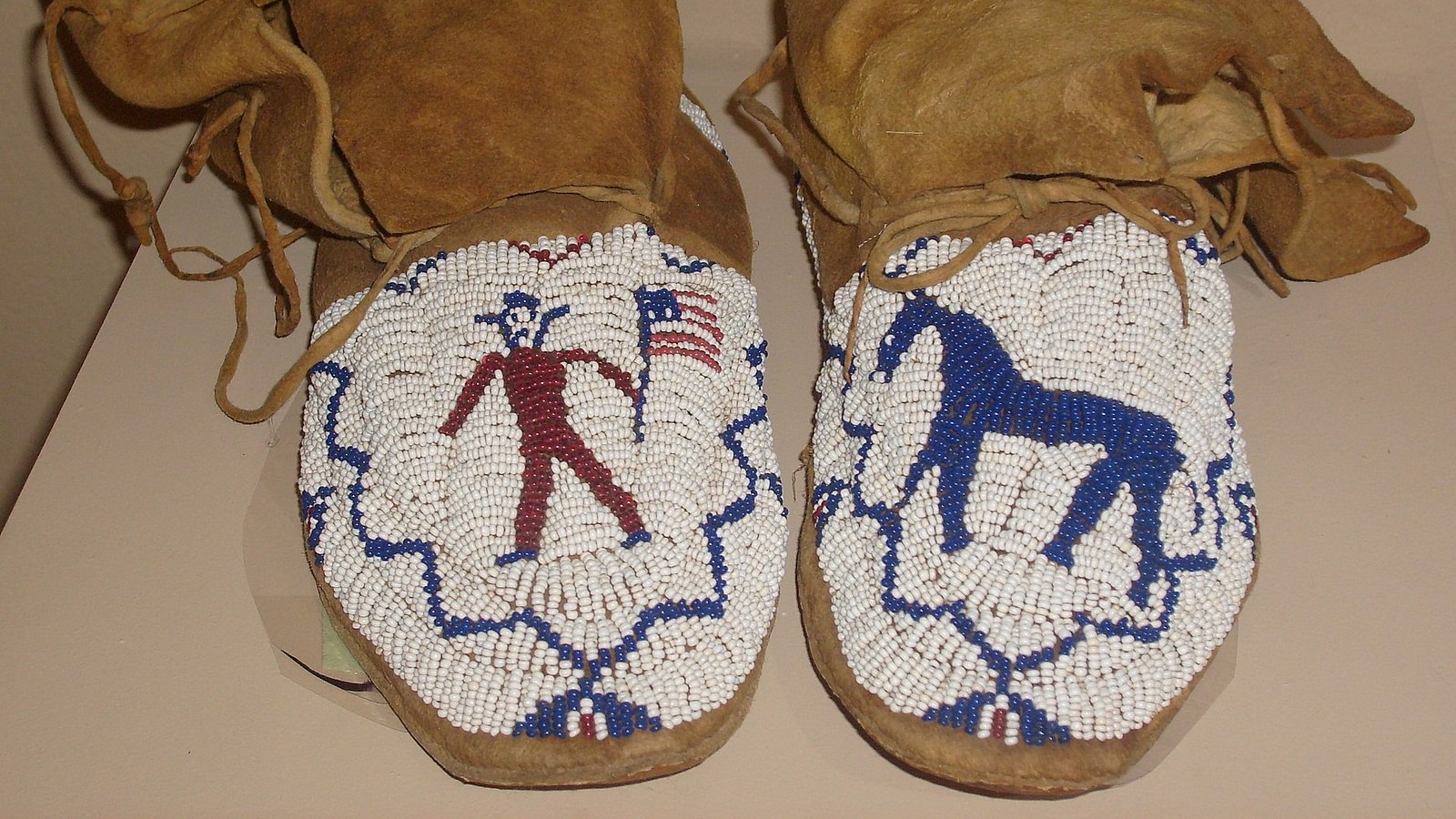What you need to know about North American Native Inventions?

Discover the revolutionary creations and contributions of North American Native peoples. Explore a wealthy tapestry of inventions that have shaped history and keep to affect modern society.
From aspirin to the water gun, and from the bunk bed to the canoe, and even maple syrup, the Native Peoples of North American raised cities, constructed roads, and developed highly developed cultures that encouraged the invention of many things that are often taken for granted or whose origins are overlooked in the modern world.
Numerous inventions, like the growing of maize, originated in Central and South America before being embraced by the countries of North America and becoming essential to their societies. Long before the arrival of the Europeans, Native North Americans used irrigation techniques, long-distance trade, cities, astronomical calculations, dams and aqueducts, anaesthetics, and apartment complexes.
However, this understanding of the diverse cultures has been obscured by the stereotype of the Native North American as the “noble savage” who lived in the wilderness on a daily basis without any concept of “civilization” or technology
These developments and inventions include:
- Malignant (Aspirin)
- Bunk Beds
- The Maple Syrup
- Canoe
- Moccasins
- Winter Goggles
- The Stickman
- Three Sisters Planting
- the Tipi (Teepee) Together
- Tobacco
These concentrate only on North American innovations and are but a small sample of the numerous created by Native North Americans, Central, and South America. One of the innovations that isn’t on this list is the syringe, which was created using an animal’s bladder and a hollow bird bone and is still used today to deliver medicines.
Take Aspirin
Salicin, which was derived from willow bark and had salicylic acid as its active component, was widely utilized by Native North Americans as a pain reliever. When salicin was eaten, as in the case of chewing softened bark or drinking a tea, it lowered fever and eased a variety of discomforts that are now treated with aspirin or other painkillers, as well as headaches, muscular aches, and arthritic symptoms.
Although this cure was independently discovered by the Native North Americans long before European contact, it is mentioned in the medical writings of ancient Mesopotamia, Egypt, Greece, and Rome. Not until the later half of the 1800s was the European analgesic that would be dubbed aspirin created.
Bunk Beds
The Algonquin and Iroquois peoples invented bunk beds as a way to save room in their longhouses. The wood bed frames had a lengthwise-laid bark sheet covering a number of cross-spindles. Furs and skins were used as blankets, while animal hides were used as a mattress over the bark.
A short ladder allowed users to access the top of bunk beds, which are typically two tiers high but may even be three beds high. During the winter, people would only use the bottom bunks to be nearer the central fire for warmth, and the upper bunks were frequently utilized for storage. Europeans and later American colonists adopted bunk beds for usage in houses, dorms, and military facilities.
Canoe
A controlled fire combined with an adze was one of the most often used methods for making canoes, which gave rise to the dugout canoe. After a tree of a suitable size was chopped down and its bark removed, a fire was started along its top.
After a portion of the wood was burnt, the charred portions were scraped away with an adze before the fire was rekindled and the procedure repeated until the trunk was hollowed out. Then, using an adze, knives, or other tools, the inside and exterior were sculpted and smoothed. The kayak was created separately by the Aleut, Ainu, Inuit, and Yupik people. It was made of a waterproofed animal skin covering on a wood or bone frame.
Maple Syrup
The first people to harvest maple trees for their sap and process it into maple syrup were the First Nations people of Canada and the Haudenosaunee Confederacy. The sugar maple, whose sap is the tastiest, was the most widely used variety of maple tree, while others were also utilized.
The Native North Americans would hollow out a reed and place it into a tiny gap in a tree in the spring so that the sap could run into a clay bucket or bowl. It was allowed to cure before being cooked over a fire to create syrup, which was then transferred into other containers. In addition to being a nutritional boost, maple syrup has been used to flavour meat, make medicines, and sweeten beverages.
Moccasin (Sneakers)
The shoe most frequently connected to Native North American tribes in North America is the moccasin. It was constructed of bear, beaver, deer, or elk hide, trimmed to size, and sewn together; deerskin being the most common type.
The term “shoe” in Algonquian is mekezin or makasin. The shoe is the most popular type of moccasin; but, the same method was also used to make boots that were knee-high, calf-high, or ankle-high. Typically, fringes or beading were used to adorn both shoes and boots. Moccasins were occasionally waterproofed with animal fat, but if they were only used indoors, they might be worn naked, much like modern slippers.
Snow goggles
The Inuit and/or Yupik cultures devised snow goggles to enhance the wearer’s vision and prevent snow blindness. The earliest goggles discovered to date are made by the Inuit and date to the 13th century.
They were fashioned from wood, bone, or, more frequently, antler. Each pair would be constructed with two thin slots carved into the bone or wood for the eyes so that the wearer’s eyes could fit securely against their face. The history of snow goggles is unknown, however they were used for a long time before the First Nations came into contact with French traders in the 17th century, along with snowshoes.
Stickball
Stickball is still played today and was formerly a very popular team sport among the Native North American Nations that inhabited the northern United States and parts of modern-day Canada. Although the game and lacrosse, on which it is based, are similar, the rules and equipment are different.
The fact that participants are unable to grip or toss the ball with their hands is another similarity to the Mesoamerican ball game. Using their sticks—not their hands or feet—to propel the leather ball into the opponent’s goal is how teams gain points. Tribal nations regularly utilized the game to resolve disagreements.
Tobacco
Native Americans in North, Central, and South America had been growing tobacco for centuries prior to Christopher Columbus’ arrival in Europe in 1492, and later by John Rolfe of the Jamestown Colony in 1611. Tobacco was and is regarded by Native Americans as a holy gift from the Great Spirit, and they utilize it as a form of communication with the divine.
However, to Europeans and subsequently Americans, tobacco was a profitable economic crop. Inhaling and exhaling tobacco smoke was believed to elevate one’s prayers to the realm of the Spirit World and the Creator God. Along with being utilized ceremonially, such as in the Lakota Sioux Seven Sacred Rites, tobacco was also smoked as a medicinal herb and transported in medicine bags for social use.
In summary of North American Native Invensions
In addition to other flowers and herbs, the datura plant—which is frequently employed in rituals to raise consciousness—was also thought to be a potent anaesthetic. Sunflower oil, aloe vera, and fish oils were employed as sunscreens, and dogbane and stoneseed as oral contraceptives.
In addition, Native North Americans pioneered children’s toys, the use of ephedra to cure colds, the baby bottle and infant “formula,” which were separately developed by other ancient civilizations, and the well-known game of Shinny, which had an impact on the creation of both ice hockey and field hockey.
Get more informative knowledge and information with just one more click in our blog. Click Here…



